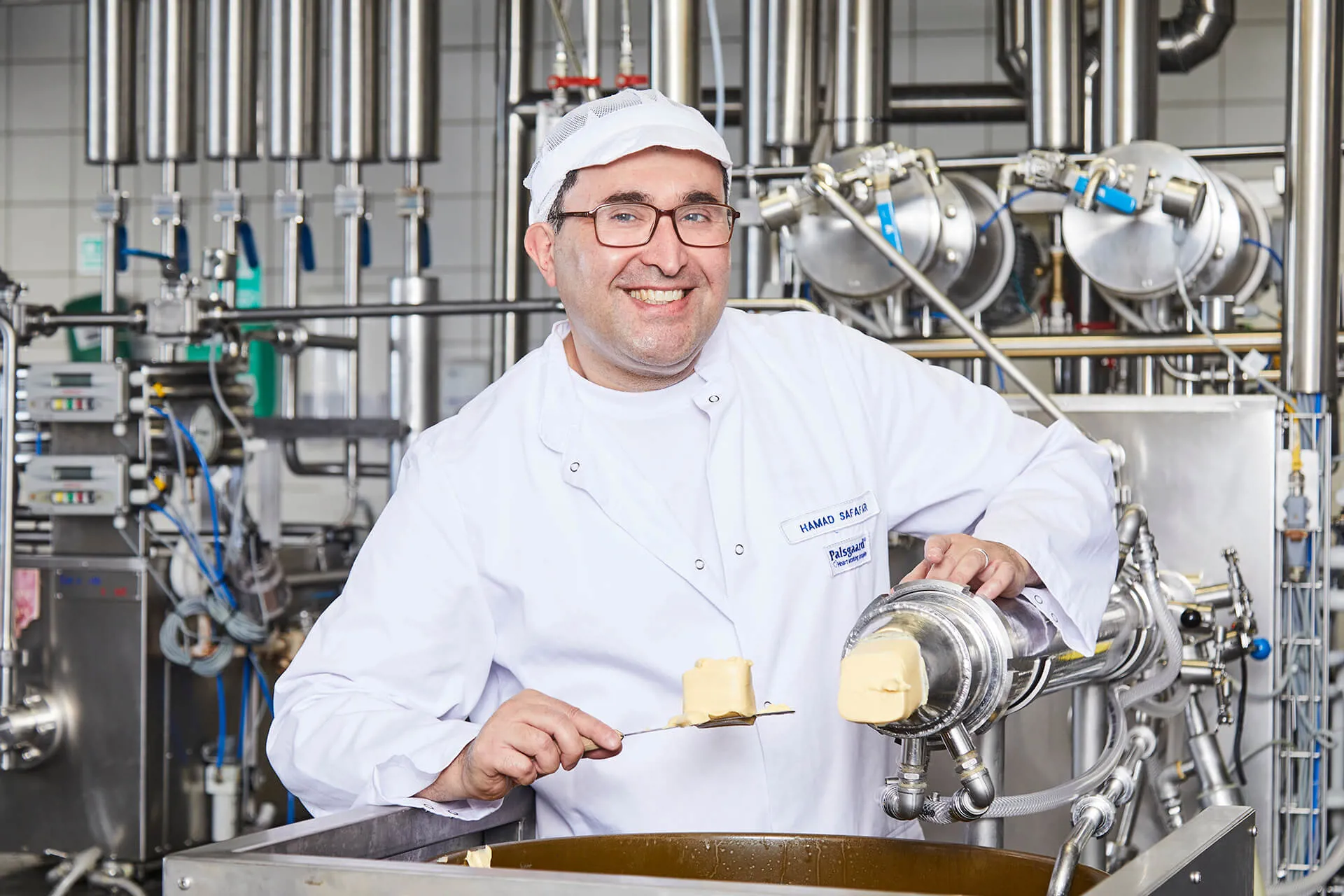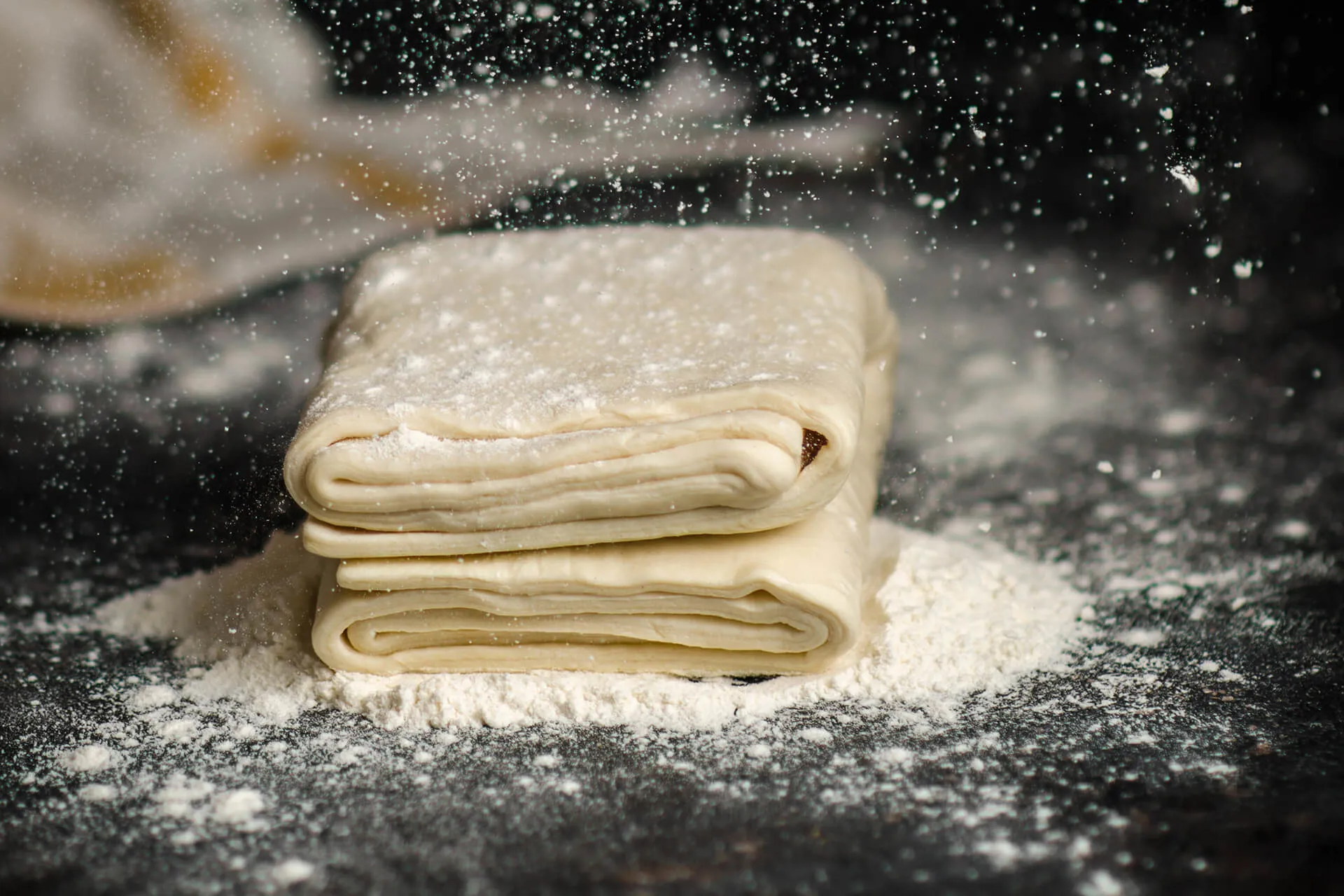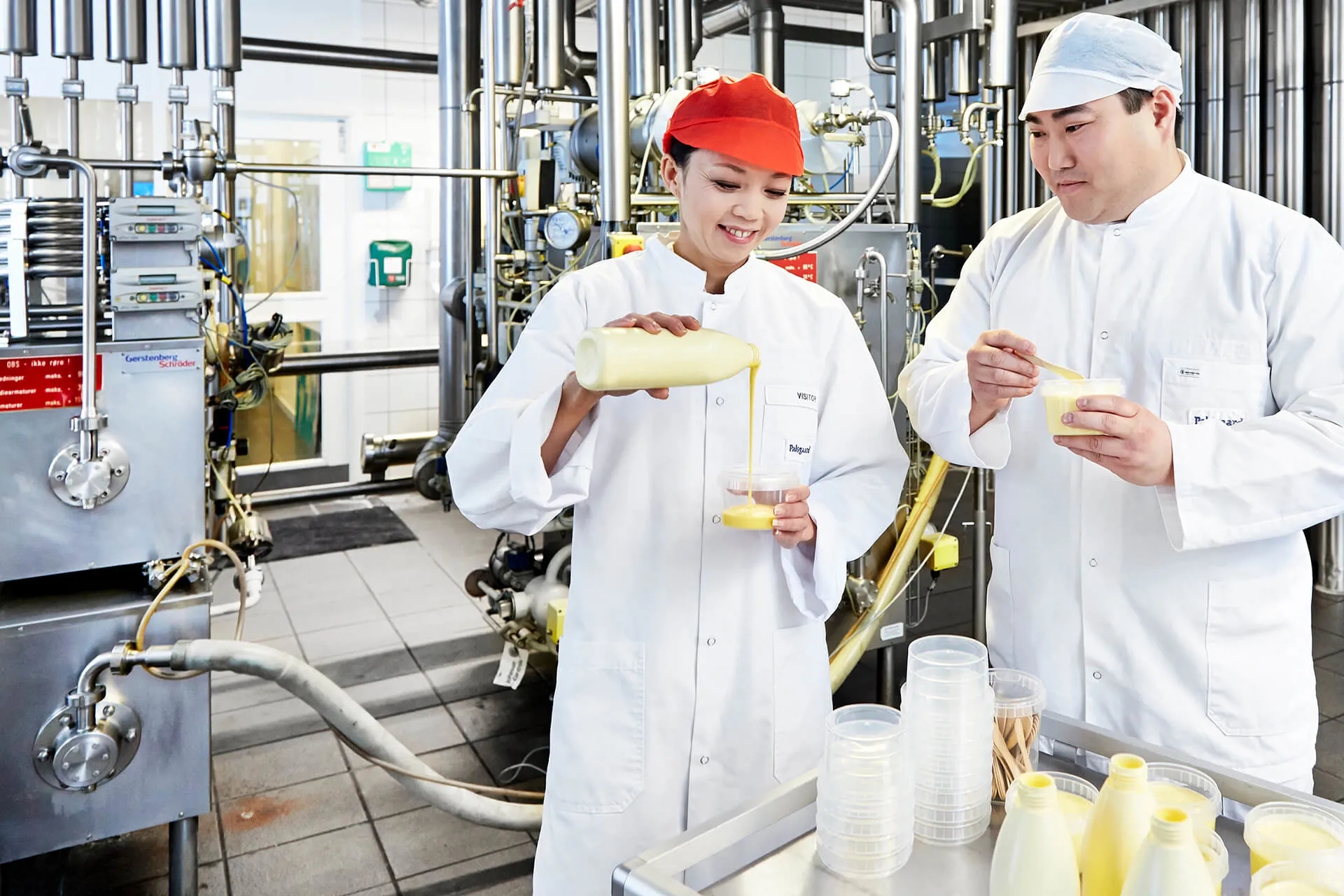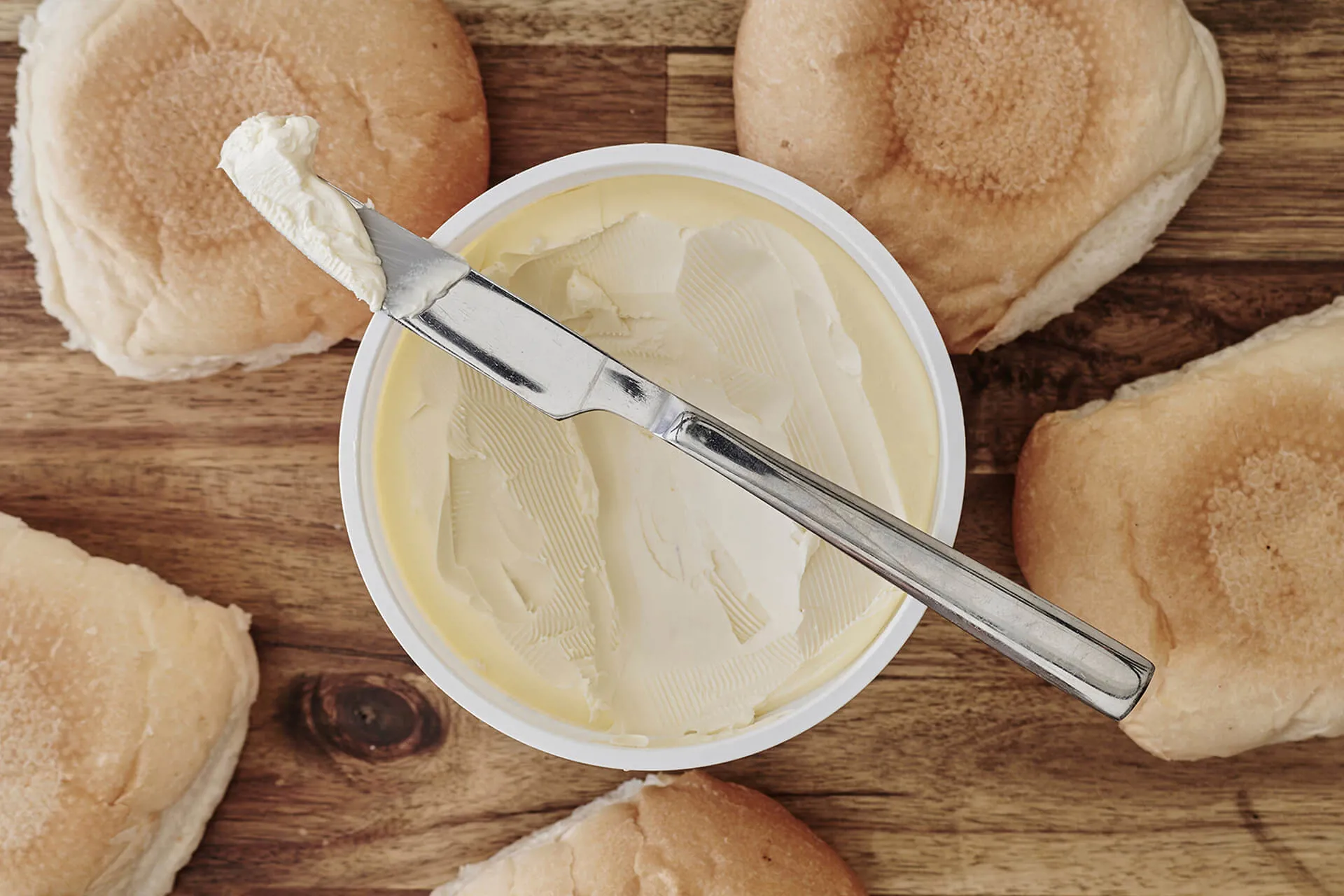Share our insights in these technical articles about margarines

TECHNICAL ARTICLE
How to create stable all-purpose margarines without lecithin

TECHNICAL ARTICLE
How to push puff-pastry margarine performance

TECHNICAL ARTICLE
How to keep frying margarine under control

TECHNICAL ARTICLE
How to make low-fat margarine spreads with only 10% fat
